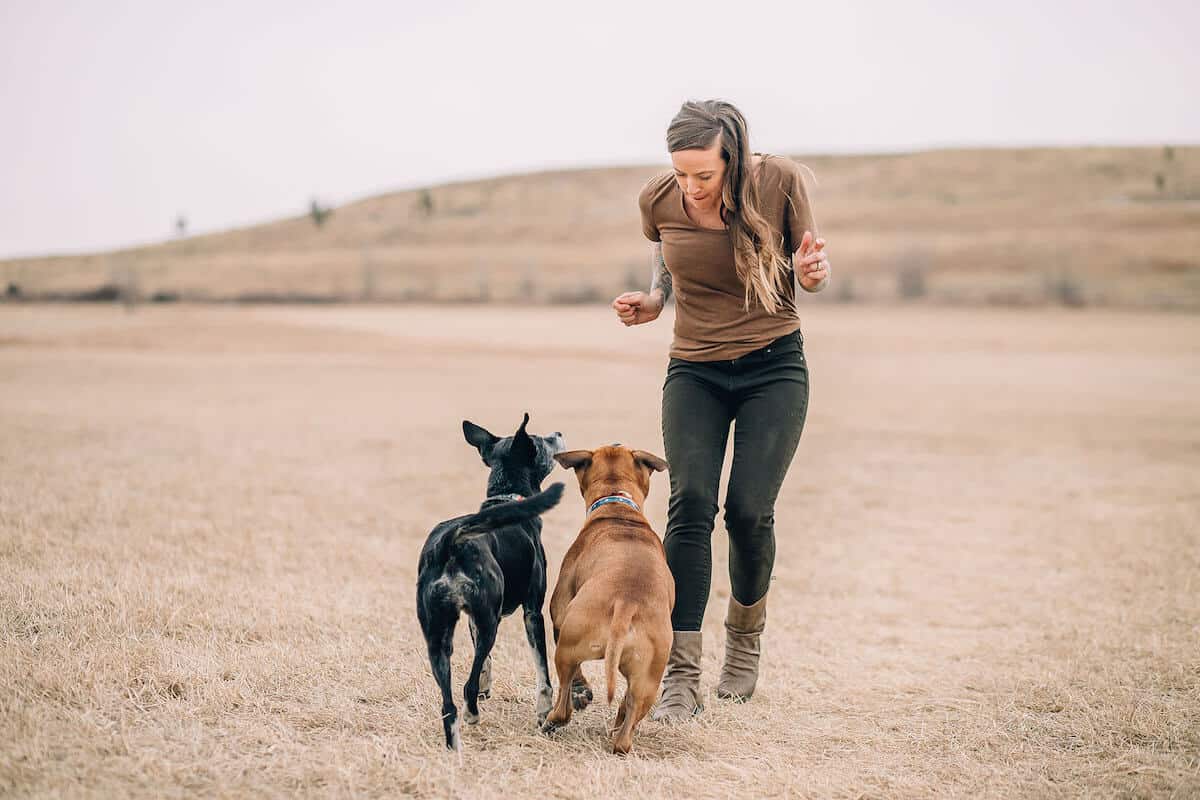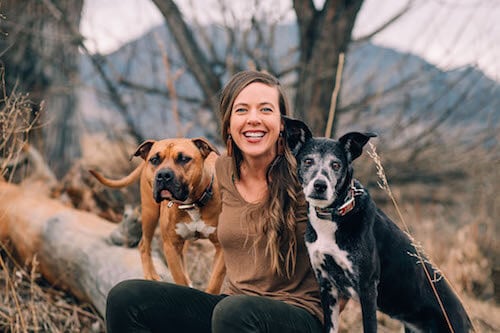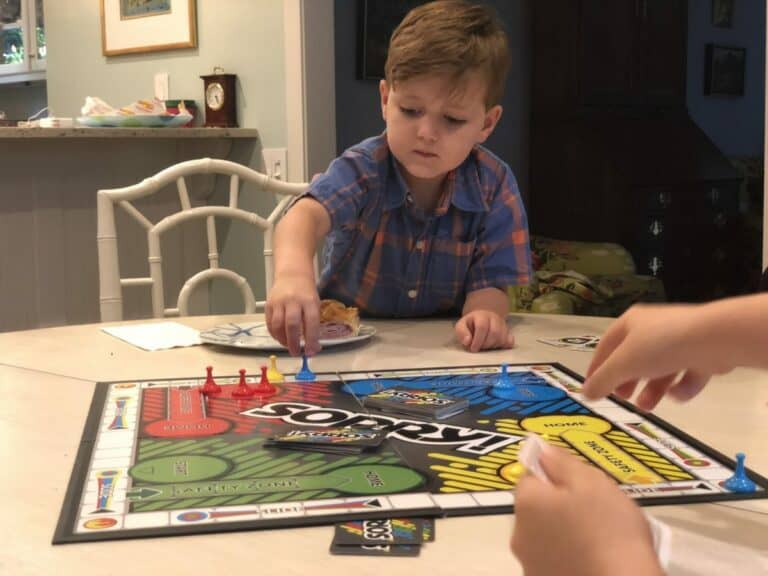Dog Training Your Canine Companions

Pet shelters have seen a boom in dog and cat adoptions in the midst of COVID-19. With plenty of time spent at home and extra time on their hands, it seems like the perfect time to adopt a four-legged friend to keep some company! It’s also a great time to start dog training!
While getting a dog may seem like an exciting challenge, it takes time, dedication, and lots of practice to truly teach a dog good behavior. Meet Rachel Laurie Harris, a Certified Professional Dog Trainer (CPDT-KA) and owner of “A Good Feeling Dog Training” to answer some our questions and give some training tips!
Dog Training Methods
What is your professional opinion on crate training? What is some advice you would give someone who is considering crate training their puppy?
Crates can be an amazing management tool for puppies and adult dogs alike. Although it is important that we teach our dogs that a crate is a safe place. I suggest crate training for almost all of my training clients. You can teach your dog that the crate is a safe space by feeding them a high-value chew item in their crate, a stuffed kong or bone works great for this. If your dog is afraid of the crate, never force them in, work at their pace to be successful. While I do advocate for crate training, it should not be overused. Expecting our dogs to wait in a crate 8-9 hours, 5 days a week is too much. I think that dog daycare or the help of a qualified dog walker can help break up how long we expect our dogs to stay in their crates.
Have you found a reward-based system that works best when training dogs?
I follow the strict guidelines of Least intrusive, minimally aversive (LIMA), and positive reinforcement training techniques. Decades of research have shown that it is the kindest most effective way to train our dogs.
What is “clicker training” and have you found it to be an effective tool?
Clicker training is a way to communicate with our dogs about the exact moment they’ve done something right. So you ask them to sit, as soon as their bottom hits the ground you click and then give them a food reinforcement. Clicker training is a highly effective way to train our dogs. I use the concepts of clicker training to teach dogs and humans every day.
Curbing Behavior With Positivity
What have you found is the best way to curb excessive barking?
When I get called in for excessive barking I always look at the dog’s routine and schedule. Oftentimes excessive barking is an indicator that we aren’t meeting the dog’s needs properly. I very regularly suggest using enrichment at mealtime, making sure that the dog is getting ample time to sniff, and explore and also teaching the dog behaviors we’d rather see than the excessive barking.
When leash training, what’s one piece of advice you would give to someone who’s dealing with their dog excessively tugging and pulling on the leash?
If you have a dog who pulls like crazy on the leash, you need to work to teach them how valuable walking on a loose leash can be. So be sure you take your treats with you so you can reward them each time the leash is loose. Leash walking can be really challenging and I recommend getting help from a qualified force-free trainer to further help in the training process.
What are some frequent behavior problems that dog owners often do not correctly address?
Not necessarily one specific behavior challenge but in general I find owners are quick to want to punish behaviors. Instead, I empower my clients to decide what behaviors they would rather see and that is where we focus our energy. So really try to focus on the behaviors you do like and make sure they are reinforcing for your dog!

Training Your New Puppy
What is the biggest difference between training a puppy and an adult dog? When working with puppies under the age of 6 months old the name of the game is positive associations. We know how proper socializing and positive experiences can greatly impact who our puppies will become. When training adult dogs over the age of 1, that is when there is more of a focus on trained life skills, like coming when called and walking nicely on a leash.
What’s one of the first things you should teach your new puppy (besides potty training)? When we are training our new puppies it’s much more about positive life experiences than it is teaching any formal behaviors. I think that bonding with your puppy and showing them how great the world can be should be the main focus until they are about 6 months old.
What are some ways that you can socialize a young dog, even while “social distancing?” Letting dogs observe novel stimuli from afar is a great way to socialize during the time of social distancing. Your dogs don’t have to interact with other dogs or people to be getting the socialization they need.

Training Tips and Advice
Do you have any toy recommendations that stand out above the rest? My dogs LOVE their snuffle mats. They are a really easy way to enrich their mealtime experience.
What is one piece of advice you would give to someone who just got a new dog? Take your time. There is no rush. Allow your new dog time to adjust to their new environment and really focusing on bonding with your dog before you worry about any formal training.
Just for fun— what’s the funniest dog quirk/behavior you’ve ever seen? I know so many dogs love to give hugs. My own dog Waylon loves to stand on the couch and put his paws on my shoulder for a hug! It’s too sweet!
Dog Training You Can Feel Good About
Rachel is passionate about dogs and their owners having training techniques that are suited to individual relationships. We love her well-rounded and approach to dog training and how she takes care to understand dog behavior at its root, so it can be addressed in minimally intrusive, positive ways.
If you’re looking for resources on dog training straight from the expert, check out Rachel’s website and her linktree! She offers virtual training courses, a “pawdcast,” and a Youtube channel!
Don’t forget to share pictures and videos of your adorable furry friend with your loved ones on FamilyApp!





